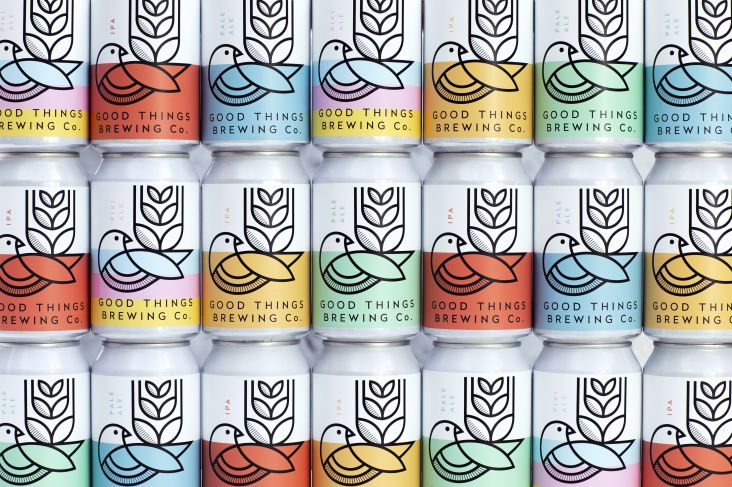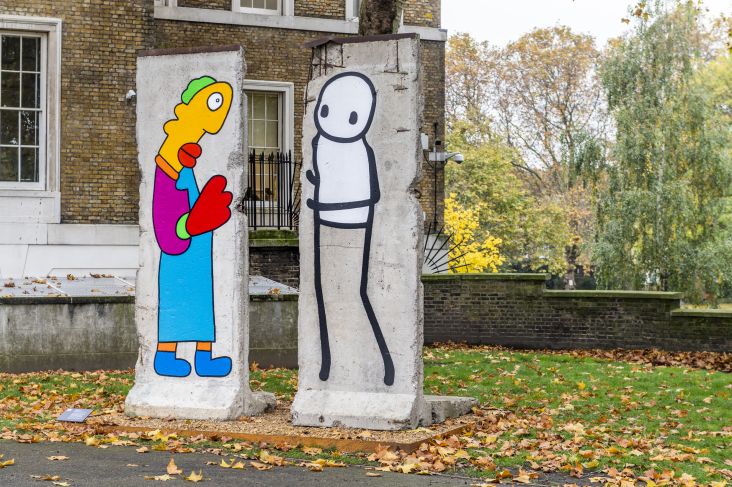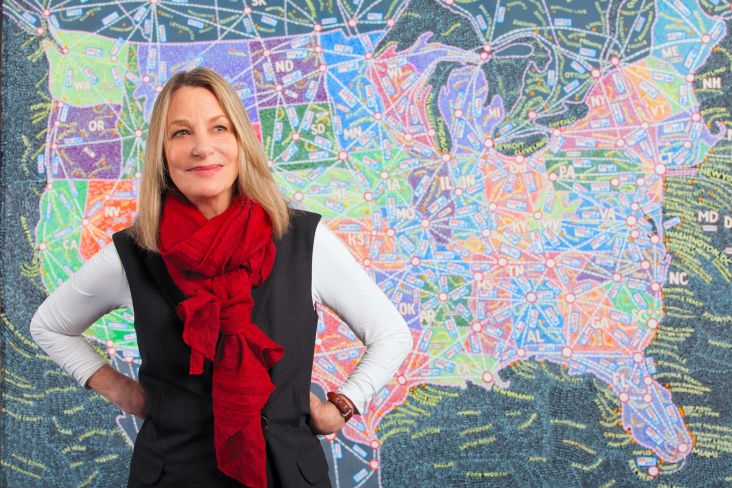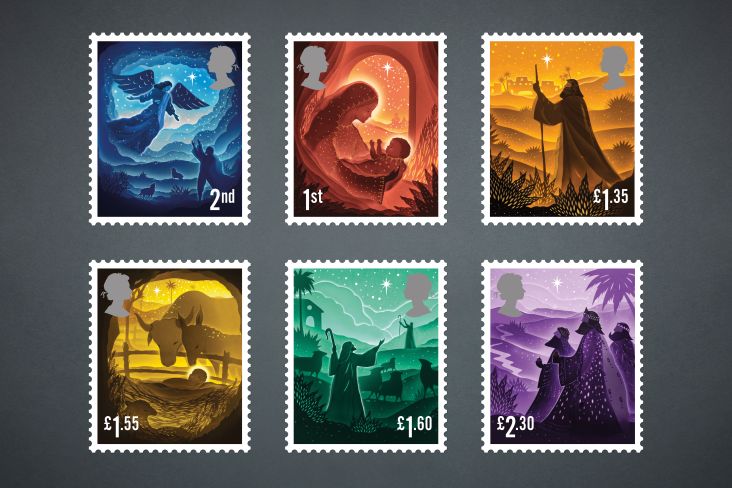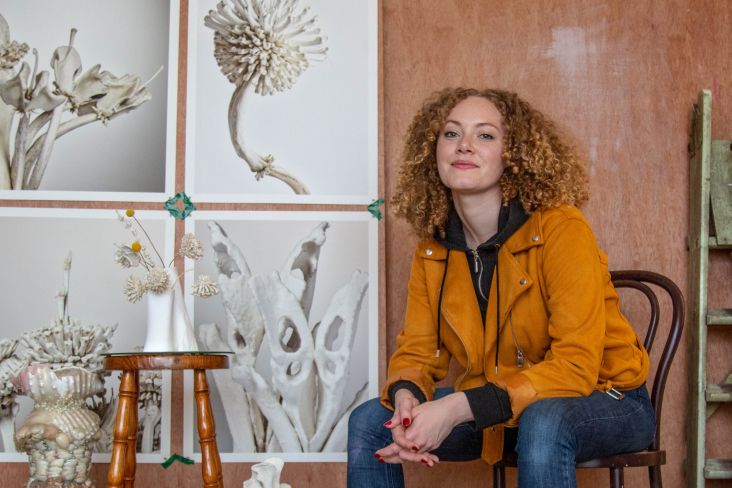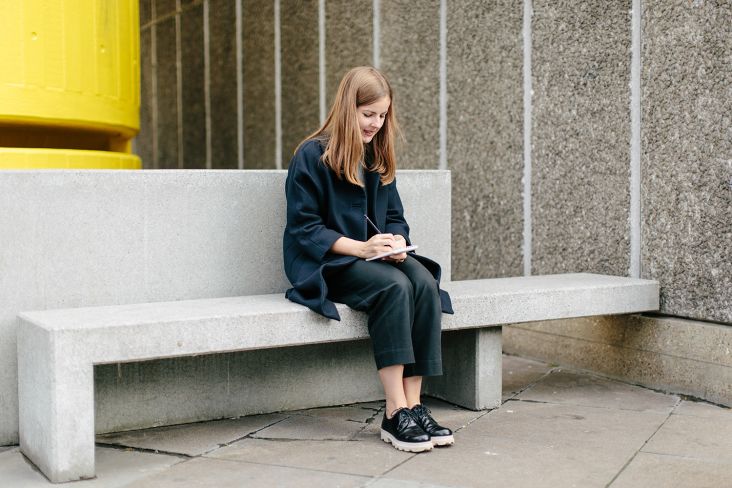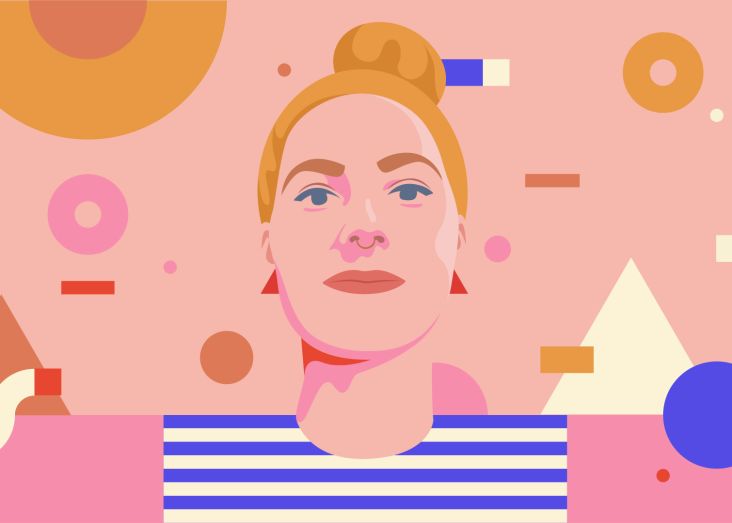Kate Pincott on switching creative careers, the beauty of wood and leaving London to find a simpler, quieter life
Kate Pincott is a designer and maker at Nafisi Studio, a bespoke furniture and sculpture studio that she runs with her husband near Brighton.
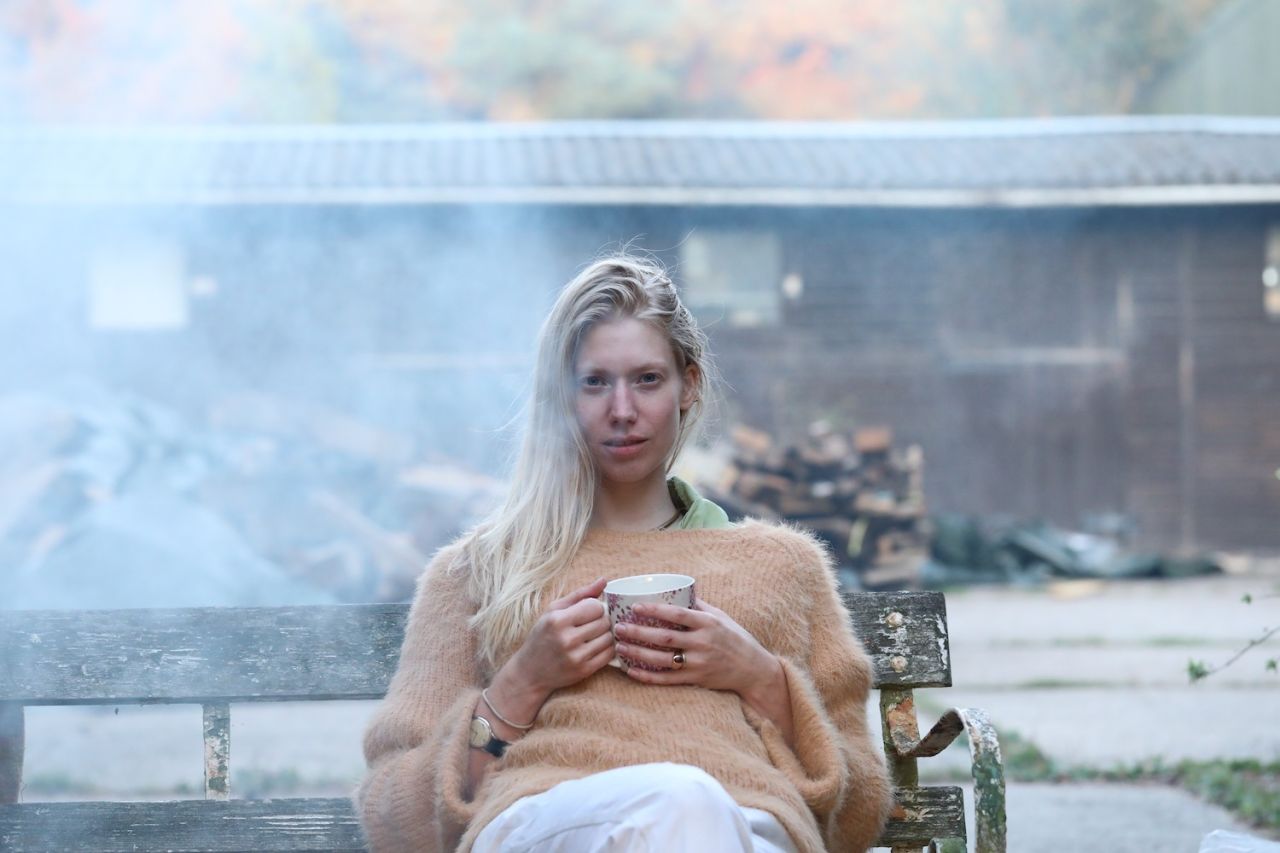
Image credit: Abdollah Nafisi. All images courtesy of Nafisi Studio
Before that, Kate started in both fine and interactive art and continued her human-computer-interaction HCI practice in software development, focusing on UI/IX design for digital products.
After a decade in software development, she left London to join her husband Abdollah Nafisi in a "small cottage beside a forest". This time, practising physical crafts and making things with her hands in their little studio.
With such an exciting story so far, we spoke to Kate about leaving London, changing careers and finding happiness in working with her hands again.
You've always loved to build and make things. What was the turning point from digital to physical?
I started out playing with electronics at university and loved studying interactive art in galleries and urban installation spaces. I just enjoyed people-watching when something unexpected was occurring. So I always cared about concocting playful physical human interactions.
However, when I graduated, there were so many more jobs in digital design for websites and apps. I felt this was more vocational. And it was. There was a constant demand for ten years, and still, it continues: every growing business needs a good product designer. But the itch to make with my hands was still there. And it started to come back even more strongly.
I can’t say I am turning my back on tech at all. I’m just adding another string to my bow. Learning woodworking skills and sculpture is an extension of my skill set, expanding from digital user experiences to include physical ones. The world we live in is both physical and digital, paying attention to the whole package of tactile and screen-based consumer experiences is essential, e.g. IKEA’s moving furniture and blinds, Apple’s iPhone and packaging or Mini’s soft car interior mixed with its touchscreen navigation and music player.
It all sparked when I met my husband, Abdollah, who is a designer craftsman. He introduced me to his workshop, his fire, his cabinet making skills, his life under the stars and in the forest, I fell in love with all of it. He had spent six years in the desert travelling with nomads and tribes and brought an exceptional appreciation of nature into my life. That was the tipping point when I moved out of the city to live with him and started to reconsider my career in tech. I had a taste of the countryside life, and it didn’t scare me off at all.
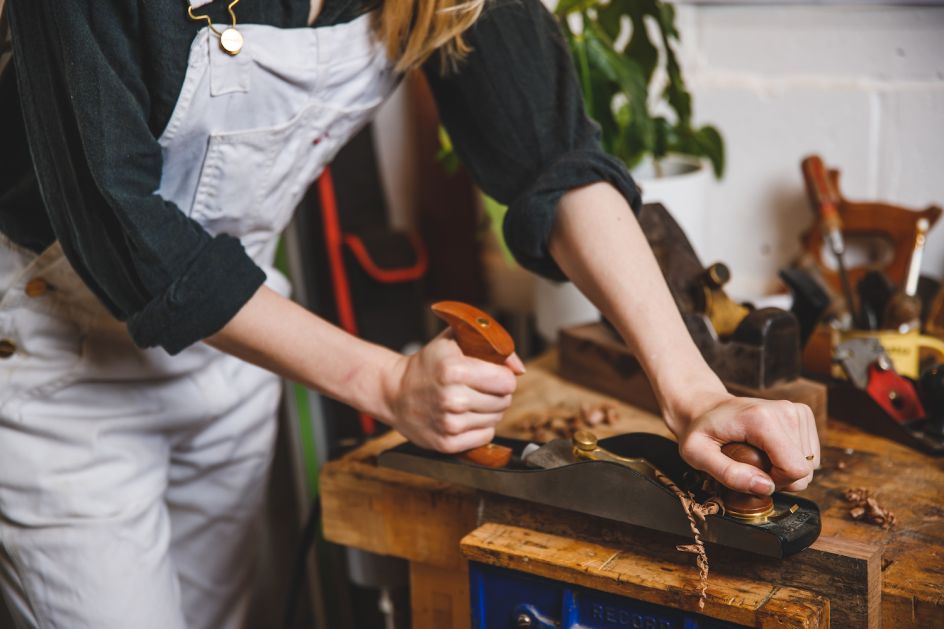
Image credit: Tony Philips
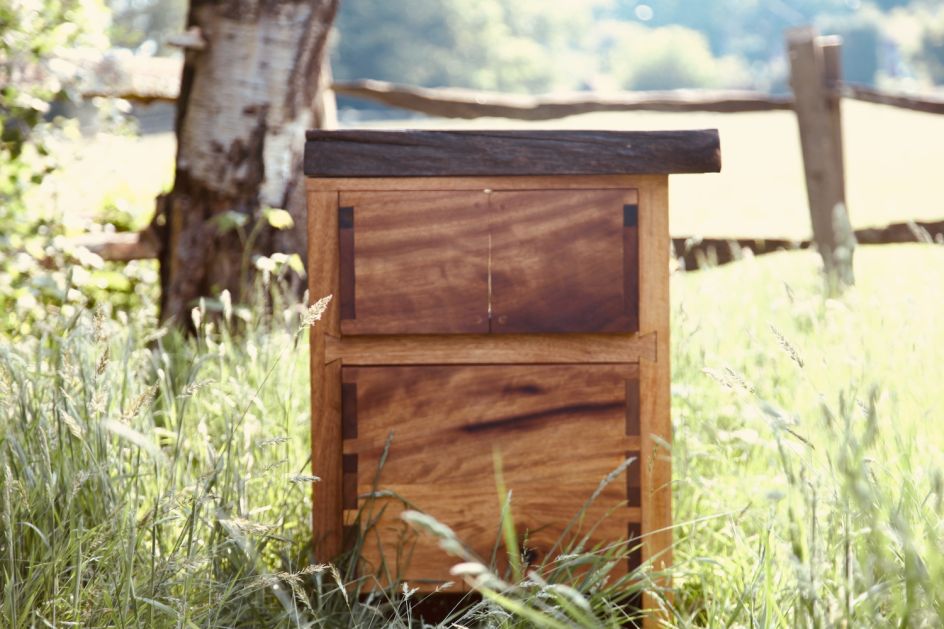
Image credit: Abdollah Nafisi
Had you also been craving a quieter life in the countryside?
I went from a spacious luxury flat in Stoke Newington to a humble two-room cottage in the countryside. As a Londoner born and bred, I didn’t know what to expect.
I adore the London life – the buzz, the events, the gigs, the culture. And it’s not going anywhere; it’s still there. I just learnt that I could go away from it, spend time for myself and come back to it without missing out, and in fact, having gained more. That's more power, more sense of being grounded and rooted, and more peace.
Living simpler, with less stuff in a smaller space, but with more green land around has freed up my mental and physical time and halved my to-do list. I read more, go to bed earlier and think more deeply.
Less is more. Do you think this is something we're all craving? An escape? A return to nature?
Nature speaks in a thousand ways if only we were open to listening. I was craving to be closer to the trees and plants so I could understand them better and become more observant. I had lost my attention to the details of the great tapestry; a petals colour gradient, the motion of a seed in the wind, or the patterns on a fly's wing. It’s these details that inspire our work, from sculpture to wardrobes, to cabinets and whole interior redesigns or kitchens.
Is it essential to be surrounded by nature in your new craft?
Understanding how to work with wood comes from understanding how it grows and how plants communicate. Can’t recommend enough reading, The Hidden Life of Trees.
The origin of materials is so important to us. What is the story behind the tree that made your piece of furniture? Where was it grown and who felled it? How was the land? We love to discover the answers to these questions. I believe people want to buy locally, ethically and sustainably made furniture and art for their home, but they don’t always know who to trust.
We have started to work with Provenance.org to give proof of the claims we make about our work, so our patrons can be proud of the heritage and story behind their bespoke pieces.
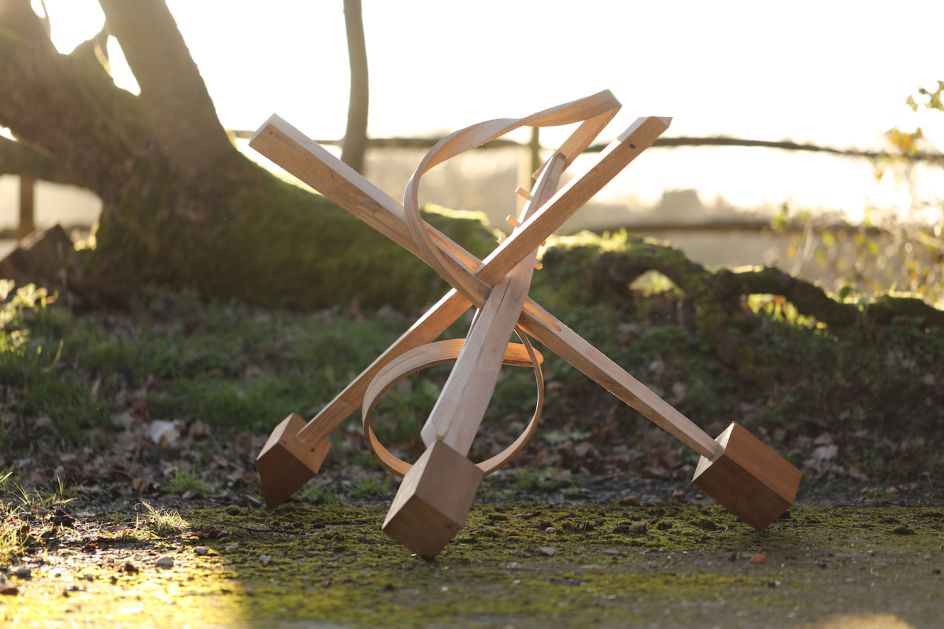
Image credit: Abdollah Nafisi
Do you think your mental health is better for moving to the countryside, too?
I think we all need some exposure to the earth’s wild and untamed nature such as mountains, forests or the sea. Just as much as we need air to breathe or food to eat, the untampered wild has a beautiful harmony that it can transfer to you when you are amongst it.
I am my most creative when I am relaxed and calm. What better medicine is there than a walk in a beautiful breezy meadow or a kayak down a butterfly filled river?
I feel like I am slowly shedding layers of myself I built up around me and allowing myself to be free, at ease and more comfortable. So yes, definitely much healthier.
What skills have you brought with you from the digital world to crafts?
I thought I’d be woodturning and chiselling all day, with a tad of admin and some sketching. So I was somewhat surprised by how much time a craft business needs on communicating its craft. It was very thirsty for my knowledge of marketing, PR and web.
So far, I have spent most of my time plugging these knowledge gaps and doing a bit of making here and there. I could be surprised and frustrated, or I can be grateful for this knowledge and how easily transferable it is to our studio.
With consumers being more connected than ever to makers, the competition is high to catch people's attention. So the importance of high-quality photographs and other creative is equally essential as the quality of the pieces we make.
Abi did a great photoshoot for the last bed we made. The client was thrilled with the piece in their home, which is the most important thing for us. We put so much soul and energy into what we make that there is nothing more satisfying than seeing happy faces when we reveal their piece at the end.
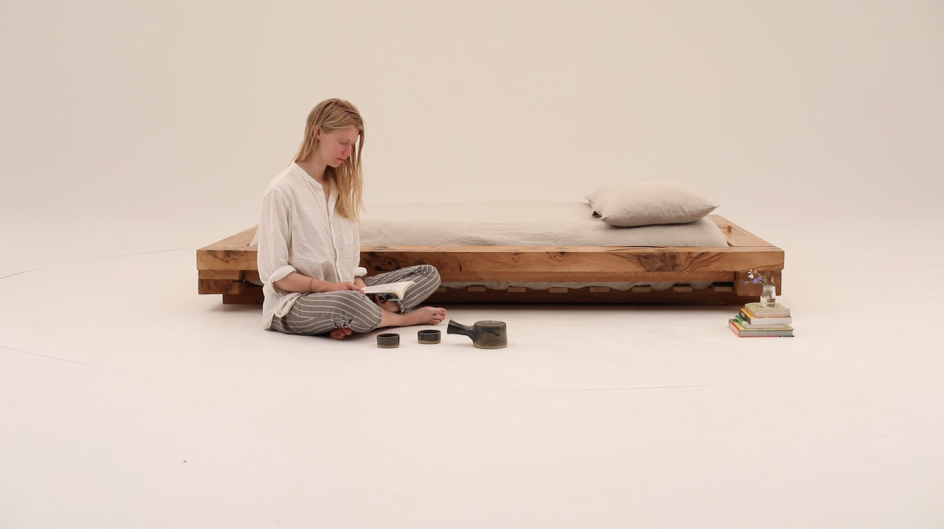
Image credit: Abdollah Nafisi
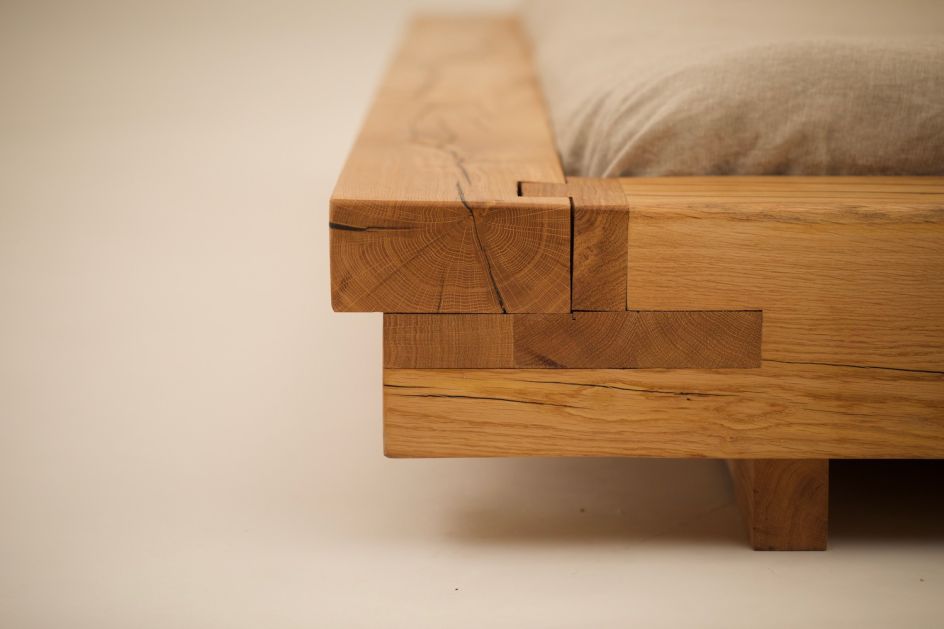
Image credit: Abdollah Nafisi
How have you found working together as husband and wife?
It certainly can make some conversations more challenging. But at the end of each week, I’m beaming with pride to work alongside my husband. Because sharing a dream is such a rewarding experience. We can’t moan about our boss, because we are each other’s boss. But we stay up late into the night like excitable kids brainstorming in pyjamas and imagining our future.
You can’t row the same boat in two different directions; you get nowhere. I think the key to our unity is that we have the same dream and goal. If we wanted different things, it will eventually surface and cause a split in direction.
We can learn from the mistakes of past artist couples such as Ray and Charles Eames, Anni and Josef Albers, Charles and Margaret Mackintosh, Rodchenko and Popova. I have researched these couples to see what I can learn from them.
We have different ways of working, for example – I like to plan things, whereas Abi is more spontaneous. I want to do market research and create a hypothesis; Abi is more intuitive.
So we have learnt to respect each other's preferences and play to each other's strengths to find a balance. We divide up our tasks and roles to give each other freedom and space to be autonomous. Then we have areas of influence we overlap. Each of us always owns a project we can take the lead on, and the other one supports. Having this clarified upfront makes things a lot smoother.
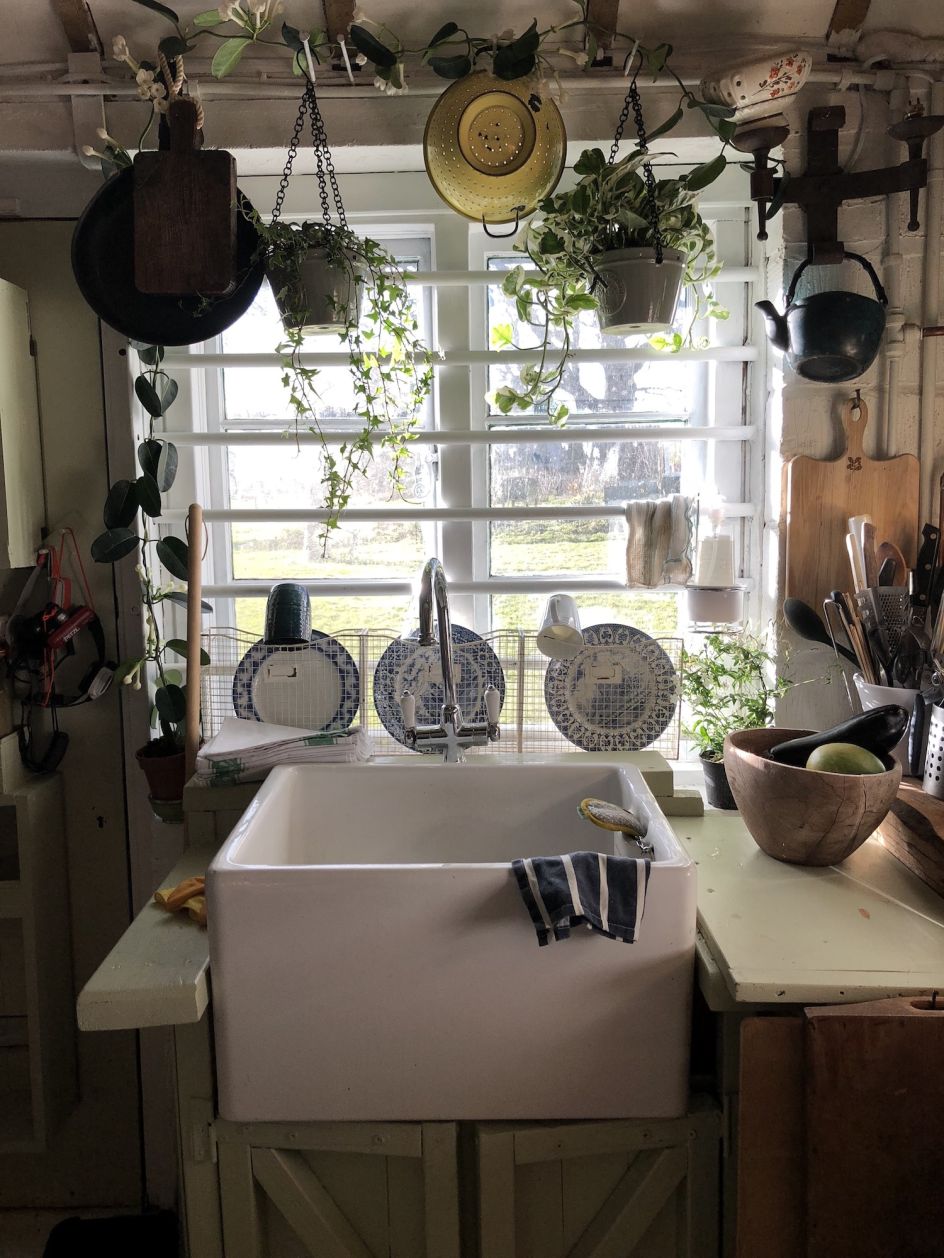
Image credit: Abdollah Nafisi
](https://www.creativeboom.com/upload/articles/47/47abfa478e021493c739825cce7831ea6f39df97_944.jpg)
Image credit: Country Homes & Interiors March 2019. Source
How do you get the name of Nafisi out there? Who are your customers?
Our customers are between 30-60 years who care deeply about long-lasting quality and locally sourced material in the UK. They have anywhere between £2K and £100K to spend on a bespoke piece of furniture or sculpture. It could be a free-standing wardrobe or coffee table or something fitted like a bookcase or kitchen interior.
People nowadays are looking for brands to be stewards of sustainable manufacture and design, so I feel we are appealing to this market. Especially as our workshop heating and electricity comes from 100% renewable energy. It's all about the story of where your piece comes from and who has made it especially for you!
All our clients love high-quality work and seeing the process of making from beginning to end. They usually find a lot in common with our values. And lastly, they all like the element of surprise as it is essential at Nafisi Studio to have 70% signed off with the client and then 30% improvisation with the design at the end. It gives us the creative freedom to be more playful and learn new methods.
We try different marketing techniques; we’re learning all the time. We collaborate with other crafters and try different mediums. Abi was on a TV series on BBC TWO recently. Instagram is our preferred social channel. We run courses, appear in magazines, demo at festivals and give design talks, etc.
We are members of Blue Patch, Yodomo, the Heritage Craft Association and the Craft Directory. Most of our commissions have come through Google.
We try to help others such as our interns, our neighbours or local charities. It makes us happy, aligns with our values, and you never know what might come out of it.
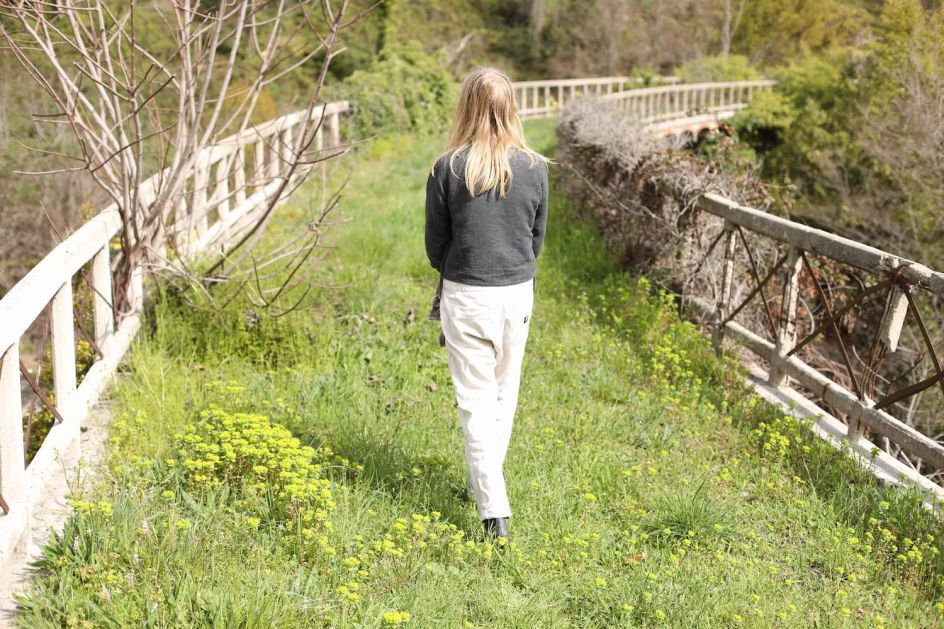
Image credit: Abdollah Nafisi
For anyone thinking of following in your footsteps, what advice would you give them?
Foster patience with yourself and with others. Don’t expect overnight success or to learn a new skill from scratch in a few months, it takes years. Making small baby steps of progress is more important than being a world champion.
Ensure consistency in quality. For us, this is the most crucial attribute but the easiest to let go of when you are behind schedule or tired. The quality must be consistently high; this is your responsibility as a maker, but also what will make you shine.
Maintain balance in everything. Working in tech taught me to get things out into the market to test them fast and then to improve on them by iterating as you go. This growth mindset helped me to be brave and give things a try. But it also meant I often put out work into the world that didn’t meet my quality bar. That's because I had to be quick or I hadn’t invested quality thinking time into crafting the work.
So, in conclusion, I think it’s good to test different strategies. You should always be proud of the tests you share and be willing to put your name to them. Otherwise, we aren’t leaving the world in a better place than we found it. Which I feel is humanity’s ultimate goal.

















